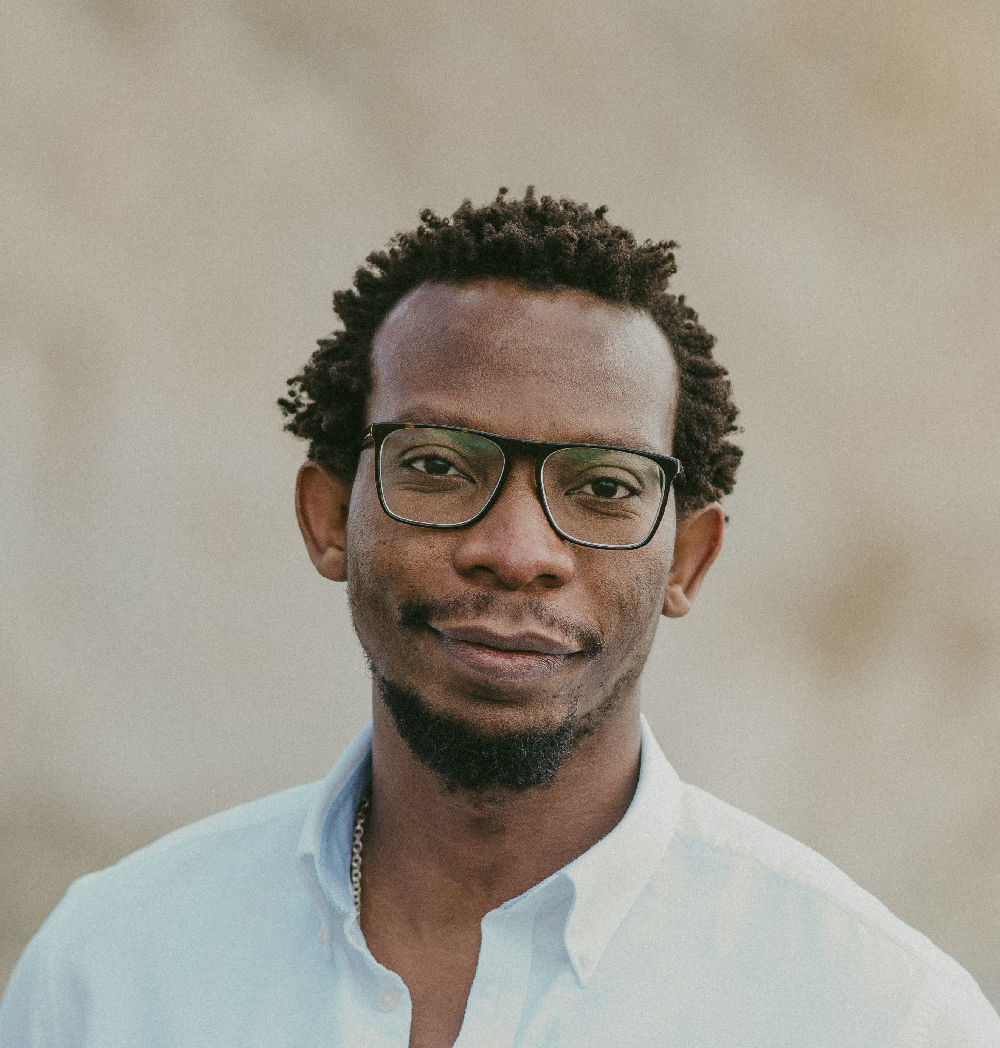College of Engineering News Room
Computer Science and Engineering New Faculty: John Murray-Bruce
Imperial College London grad and Boston University postdoc researcher John Murray-Bruce, Ph.D., is bringing his expertise in computational imaging to a faculty position, a new course and a new lab in the Department of Computer Science and Engineering.

by Russell Nay
The study of improving traditional imaging systems with computer algorithms, known as computational imaging, plays a big role in the improvement of technologies like digital cameras, remote sensing and autonomous navigation.
USF Computer Science and Engineering professor John Murray-Bruce, Ph.D., said that the usefulness of lessons learned in the field extends far beyond computer science and engineering.
“It has a lot of interesting applications ranging from biomedical research to autonomous navigation,” Murray-Bruce said. “I’m really excited to set up my lab at USF and get going.”
He joined the Department of Computer Science and Engineering this spring and teaches a brand-new course on computational imaging — CIS 4930/6930 Comp Methods for Imaging.
Some of the course’s research applications come from Murray-Bruce’s past work in the field, including studies on using computational imaging to see around corners, optimize LIDAR methods and produce images of objects in low light conditions.
He’s given talks at Mitsubishi Electric Research Laboratories, seminars at universities around the country — including USF in 2019 — and has presented his work at more than 15 peer-reviewed conferences around the world.
Because of the interdisciplinary applications of his research, Murray-Bruce said he plans to accept students of all backgrounds into his new computational imaging lab — engineering or otherwise — for a diverse mix of ideas and skills.
“You want diverse skillsets, diversity in thought and diversity in backgrounds,” he said. “Many recent discoveries are built on a foundation of diverse backgrounds. Even if it’s someone not from an engineering department, we can certainly talk and see where their skillset is best placed. I value diversity because I believe that’s the only way we’ll make significant changes.”
Murray-Bruce said he was exposed to the computer imaging field during his Ph.D. program at Imperial College London and later found an opportunity to work with professor Vivek Goyle at Boston University. He said he couldn’t pass up the chance to work with such a prominent researcher in a relatively new field and became a postdoctoral researcher at Boston University in 2017.
While there, Murray-Bruce mentored five Ph.D. and undergraduate students. One was a visiting high school student who was able to co-publish a conference paper in less than three months, and another was an undergrad who is currently studying at MIT.
The three Ph.D. students he mentored all developed different computer imaging research projects, but he said the project that received the most attention from news outlets focused on using computer imaging technologies to see around corners. While previous projects relied on lasers and detectors fast enough to compute light pulses, this study used only common consumer electronics like cellphone cameras to produce pictures of objects and symbols hidden around corners.
“That was very successful in terms of demonstrations,” he said. “We exploited subtle variations in shadows to achieve non line of sight imaging with ordinary digital cameras. We’d take a single snapshot of a visible surface and then try to analyze the shadows computationally to reconstruct what’s hidden from view.”
While he grew up in Nigeria, Murray-Bruce moved to the U.K. at 13 and attended high school in London. Initially interested in studying signal processing, he enrolled in Imperial College London’s four-year Electrical and Electronic Engineering MEng program and received the Institution of Engineering and Technology’s Best All-round Performance prize upon graduation. He said one of his main criteria for living in general is being surrounded by diverse groups of people and that Imperial College London had “the whole package that was also focused on science and technology.”
“I was around fantastic researchers, professors and students as well,” Murray-Bruce said. “It was a fantastic eight and a half years at Imperial. I loved it so much I stayed that long.”
While still taking high school classes, he knew he wanted to pursue a career in academic research. For a time when he was three years old, he would only respond to “Professor John” and had a general interest in how things worked growing up. He said he was taking apart toy telephones before he moved on to cars and planes later in life.
“I was taking apart all my toys at a very young age, and eventually I thought maybe I should learn how to put them back together,” Murray-Bruce said.
He also cites academic role models in high school as significant inspirations. One of his math teachers in high school who had a Ph.D. herself recognized Murray-Bruce’s interest in math and physics and invited him to an after-school class that allowed students to further explore their academic interests. One of these class sessions resulted in a trip to see a talk by renowned physicist Stephen Hawking.
Murray-Bruce said he and his wife have so far been thrilled to call Tampa home, and he wanted to be a professor at USF because of its steep trajectory as a university and achievements as an international institution. He also values the diversity of backgrounds and academic interests in USF’s body of faculty and students and plans to help the Department of Computer Science and Engineering further develop through his lab and new computational imaging class.
He recommends that students looking to study the field of computational imaging be persistent in their work and to remember the impact that becoming a professor can have on the academic community.
“Even in the face of adversity and even if it looks like nothing is working out, you have to be persistent,” Murray-Bruce said. “A Ph.D. and a career in research are never easy. You’re able to mold the next generation of innovators to make a difference, and that’s a both a huge responsibility and a huge honor.”